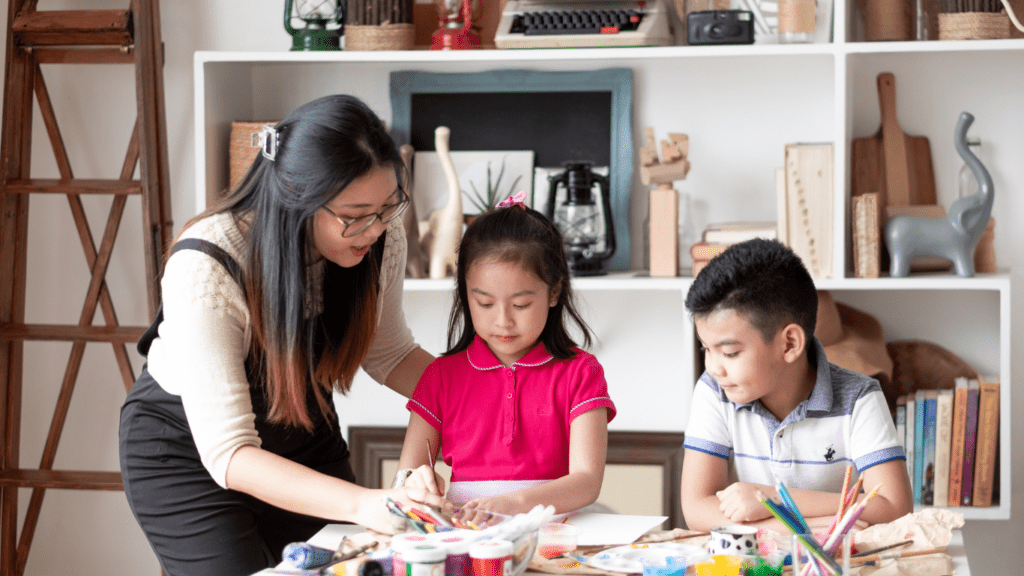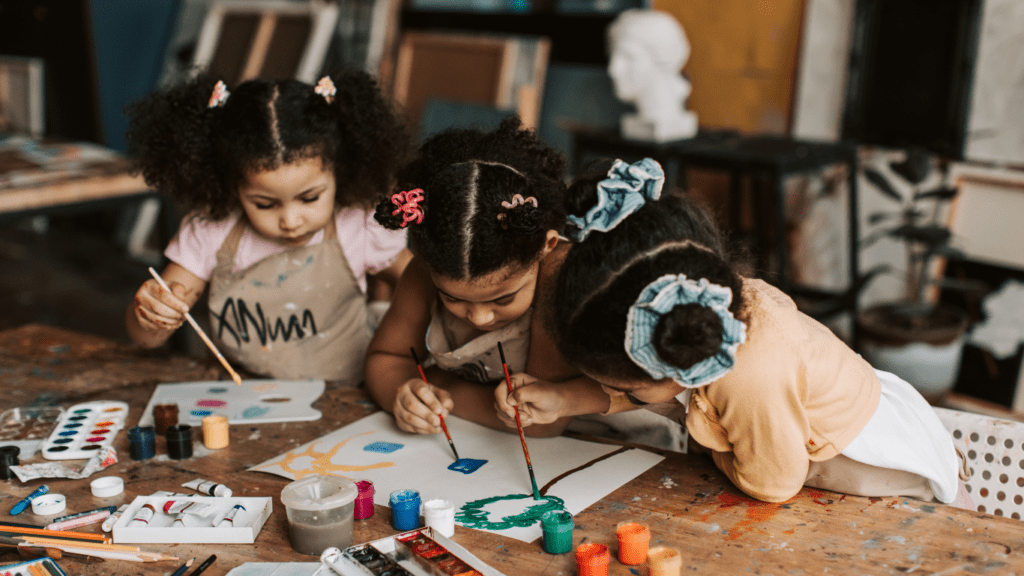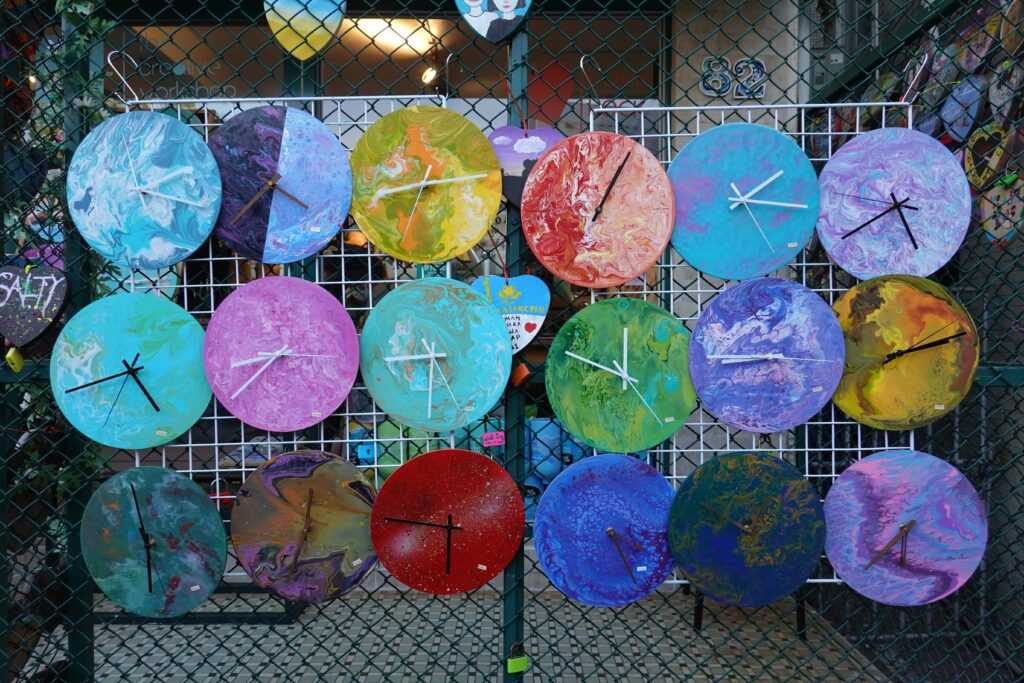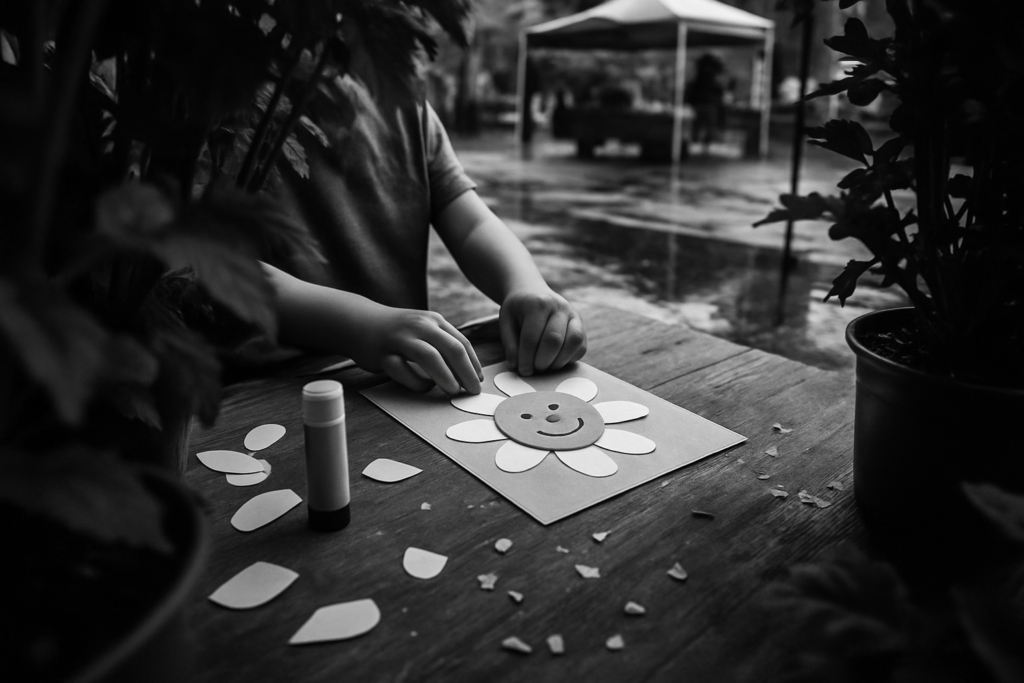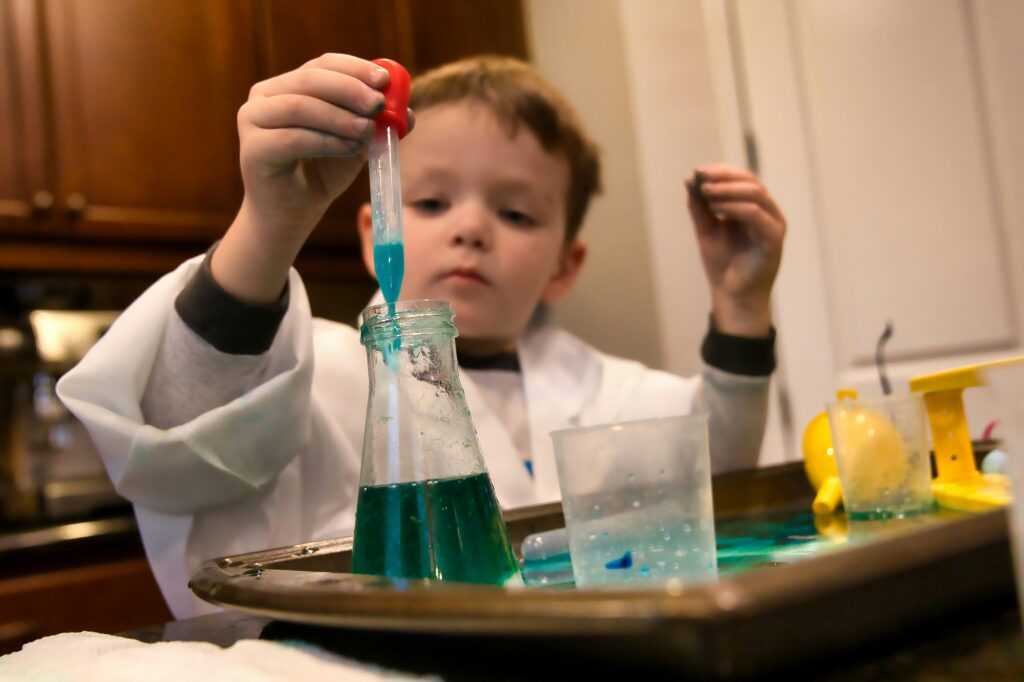Looking to spark your child’s creativity at home? I’ve got you covered with a fun and easy solution – creating a DIY art station! In this article, I’ll walk you through simple steps to set up a vibrant and inspiring space where your kids can unleash their imagination and artistic flair.
Benefits of Setting Up a DIY Art Station at Home for Your Kids
Establishing a DIY art station at home for your kids can have a multitude of advantages that contribute to their overall development and well-being. Here are some key benefits of creating this creative space:
- Enhanced Creativity: Providing a designated art area encourages kids to explore their creativity freely without constraints.
- Improved Focus: Having a specific corner for art activities helps children concentrate on their projects without distractions.
- Sense of Independence: Kids feel empowered when they have their own space to create, promoting independence and self-expression.
- Development of Skills: Engaging in art activities enhances fine motor skills, hand-eye coordination, and cognitive abilities.
- Emotional Expression: Art serves as a medium for children to express their emotions, thoughts, and feelings in a non-verbal manner.
- Boost in Confidence: Completing art projects on their own boosts confidence levels and a sense of accomplishment in children.
By setting up a DIY art station at home, parents can foster a nurturing environment that not only cultivates artistic talents but also enhances various facets of their child’s growth and development.
Essential Supplies for the DIY Art Station
I’ll delve into the necessary supplies for a well-equipped DIY art station to foster your child’s creativity.
Drawing and Painting Supplies
I recommend stocking up on a variety of drawing and painting essentials. These include:
- Colored pencils
- Watercolor paints
- Paintbrushes of various sizes
- Drawing paper
- Sketchbooks
- Erasers
- Pencil sharpeners
Crafting Supplies
Crafting supplies are essential for unleashing your child’s imagination. Here are the must-have items:
- Glue sticks
- Scissors with rounded tips
- Pipe cleaners
- Googly eyes
- Pom poms
- Colored paper
- Washable markers
Setting up your DIY art station with these supplies will provide your child with endless opportunities for artistic exploration and expression.
Organizational Tips for the Art Station
When organizing the art station, I prioritize functionality and accessibility to foster a seamless creative environment for my kids. Here are some of my top organizational tips:
- Designate Specific Areas: Allocate distinct zones within the art station for different activities such as drawing, painting, and crafting. Clear delineation promotes organization and helps children easily locate the supplies they need for each task.
- Utilize Storage Containers: I recommend using transparent storage containers or bins to categorize and store various art supplies efficiently. Transparent containers enable quick visual identification of materials, making it convenient for kids to retrieve and return items after use.
- Labeling Supplies: Labeling storage containers or drawers with the names of the contents can assist children in finding and returning items correctly. Clear labels enhance organization and encourage children to maintain the art station’s tidiness.
- Create a Daily Checklist: Establishing a visual checklist of essential art supplies can teach children the importance of organization and preparation. Encourage children to check off items they have used and assist them in restocking materials to maintain a well-equipped art station.
- Rotate Art Supplies: To keep the creative spark alive, periodically rotate art supplies to introduce variety and inspire experimentation. Switching materials not only prevents monotony but also fosters exploration of different artistic mediums and techniques.
- Regular Clean-Up Sessions: Incorporating regular clean-up sessions as part of the art station routine instills good organizational habits in children. Set aside time at the end of each art session to tidy up the station, reinforcing the idea of maintaining a clean and clutter-free workspace.
By implementing these organizational tips, I ensure that my kids’ DIY art station remains a vibrant and inviting space that promotes creativity and artistic expression.
Creative Ideas for Personalizing the Art Station
When personalizing the art station for your kids, it’s essential to inject elements of fun and creativity into the setup. Here are some creative ideas to make the art station a truly inspiring space for your little artists:
- Themed Decor: Consider decorating the art station based on your child’s favorite themes or interests. Whether it’s dinosaurs, outer space, princesses, or animals, incorporating themed decor can make the space more engaging and exciting for kids.
- Color Coding: Use a color-coded system to organize art supplies based on type or function. For example, designate specific colors for markers, crayons, paints, and pencils. This not only adds visual appeal to the art station but also makes it easier for kids to locate and put away their supplies.
- Personalized Artwork Display: Create a dedicated area to showcase your child’s artwork. Whether it’s a gallery wall, a clothesline with clips, or magnetic boards, displaying their creations can boost their confidence and serve as motivation to keep creating.
- DIY Projects: Encourage creativity by adding DIY elements to the art station. You could make custom storage containers, create hand-painted jars for supplies, or even construct a unique table or desk for the art area. Involving your child in these projects can make the space feel truly personalized.
- Inspirational Quotes or Art: Hang up inspirational quotes about creativity, imagination, or art to inspire your little ones. Alternatively, display some of your child’s favorite art pieces or art prints that resonate with them. Surrounding them with visual inspiration can ignite their creativity.
- Flexible Setup: Keep the art station versatile by incorporating movable or adjustable elements. This could include a rolling cart for supplies, a foldable table for additional workspace, or a pegboard for customizable storage options. A flexible setup allows you to adapt the space to your child’s evolving interests and needs.
By personalizing the art station with these creative ideas, you can create a stimulating and enriching environment where your kids can explore their artistic talents and imagination freely.

